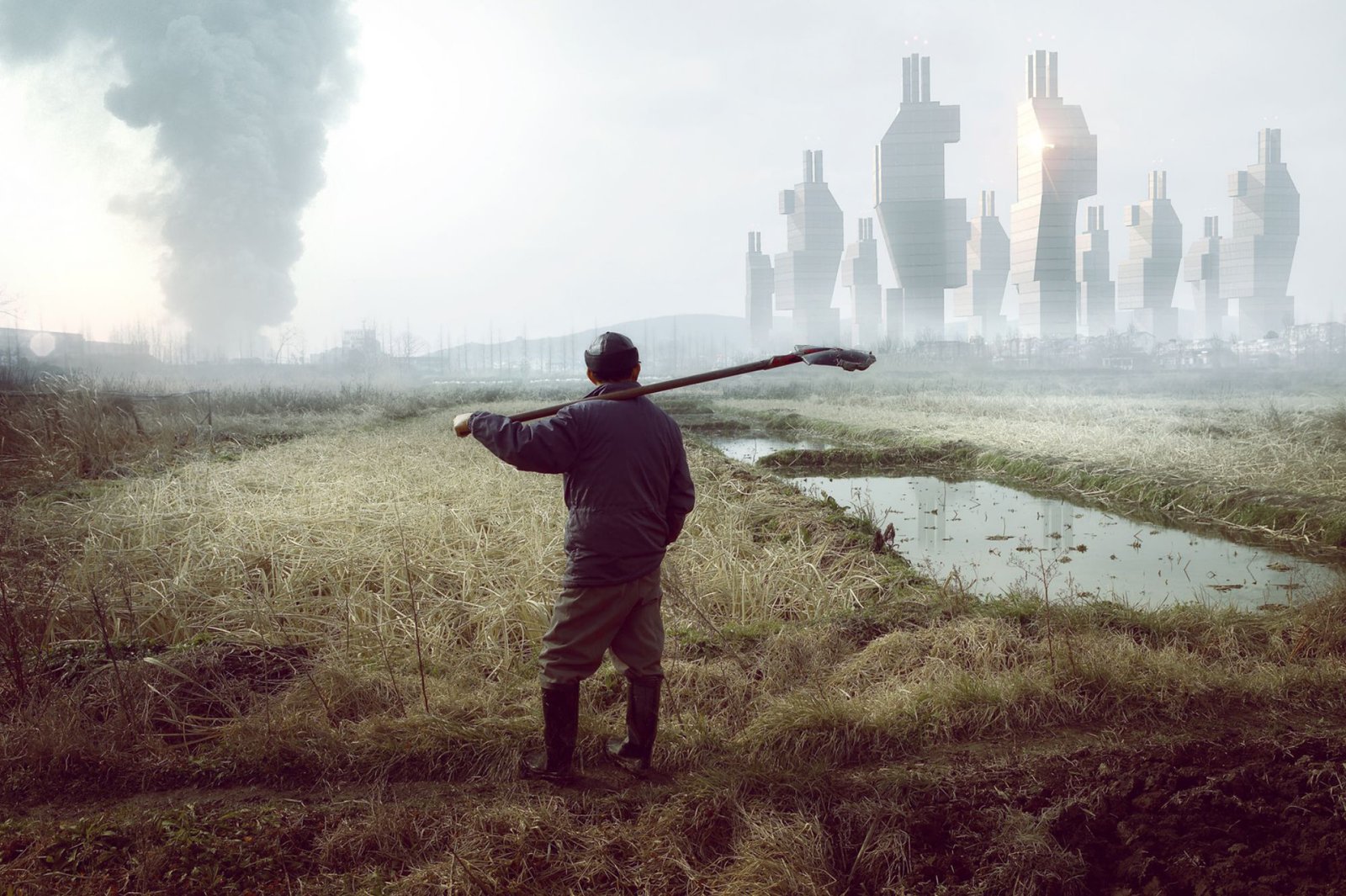Interview Patrick Kasingsing
Images Luxigon Paris and Los Angeles
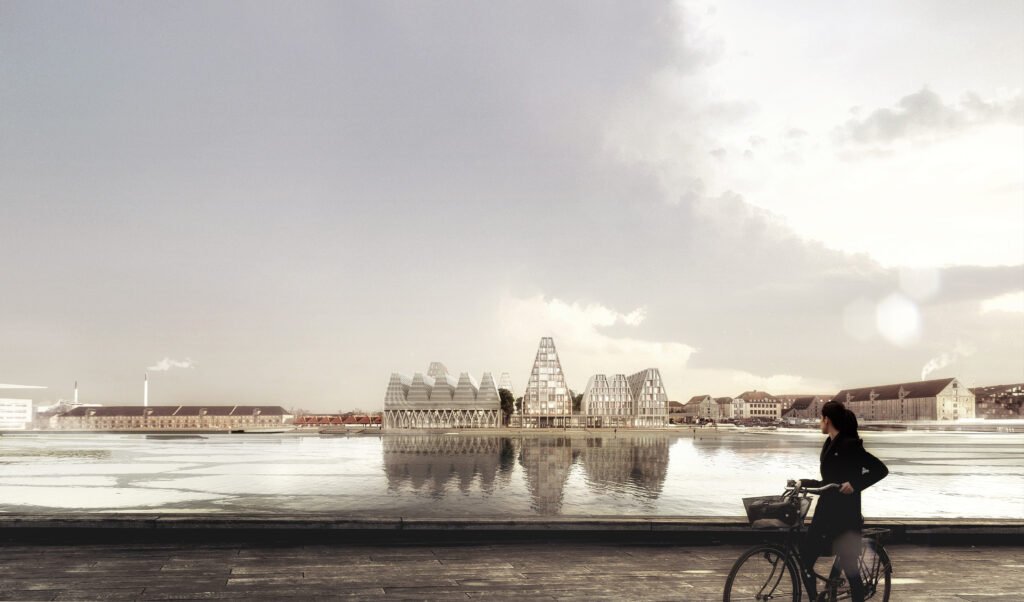

Hello! Kindly introduce yourselves.
Luxigon Paris (LP): Hello, I’m Eric de Broche des Combes, founder of Luxigon, one of the first rendering companies in the world entirely dedicated to competitions and mayhem.
Luxigon Los Angeles (LLA): Hello there. My name is Juanito Olivarria, founding partner of the Los Angeles-based arm of the visualization studio, Luxigon.
Could you give us a brief background of how Luxigon started? Where were you before Luxigon, and what made you take the leap into architectural visualization?
LP: Laurent Théaux and I, who founded Luxigon in 2007, already had a serious background in the field of architecture. I started doing images during my studies at Ecole d’architecture de Marseille. I then moved to Paris in 1999 and met Laurent Théaux. Together we founded Auralab, our first studio dedicated to architectural visualization.
LLA: I don’t think the jump into the field of architecture visualization was ever a big one for me. It felt like a natural progression with all my interests and choices in life pointing me in the direction of visuals. The architectural interest happened much later. Rather, I didn’t realize until later on how much of an influence architecture had on those feelings and memories.
The studio has a vibrant, cinematic approach in its presentation of architecture. What inspires this visual direction?
LP: We reject the idea of a dry hypothetical context, preferring to put unpretentiously presented buildings into expressionist sets that would not be out of place in movies or comic-book thrillers. We generally share a lot of cultural references. Most of us love Kubrick, Blade Runner, whisky, coffee, cigarettes, Helvetica Neue, DIN, Wagner and dead architects.
My personal favorites are Brueghel (paintings telling stories), Hieronymus Bosch (paintings telling weird stories), Rembrandt (telling stories through the darkness), Gerhard Richter (telling blurry stories), Julius Shulman (telling organized stories), Mies van der Rohe (less is more) and Douglas Trumbull, the one responsible for the special effects of 2001: A Space Odyssey and Blade Runner.
LLA: In general, I think it’s just an honest representation of who we are at Luxigon. I mean that in almost every sense of the word. Honest. We aren’t just doing dramatic skies and “gothic” atmospheres because it looks romantic. Hell yeah, it makes the project stand out and therefore the images, but we have always had the mentality of doing things differently. At the time I started doing visualizations, the tide was changing but the end result was still the same.
I was tired of seeing pale images populated by stale businessmen in freshly-pressed suits, all smiling, holding hands, and drinking coffee. I learned from my internship in Luxigon’s Paris office that every detail mattered. In order to create nice imagery, not only do you have to insert a bit of yourself into the picture, but you must also go beyond the brief.
Whereas there is a tendency for a lot of architectural visualizers to prioritize realism in their work (mostly under client’s orders), your team goes beyond by adding another layer: story. Why so?
LP: We are French. French people love good drama and revolutions. There is also a culture of arts and art is made mostly of immediacy; this is something that we can achieve by working by hand. Computers have no feelings; we do.

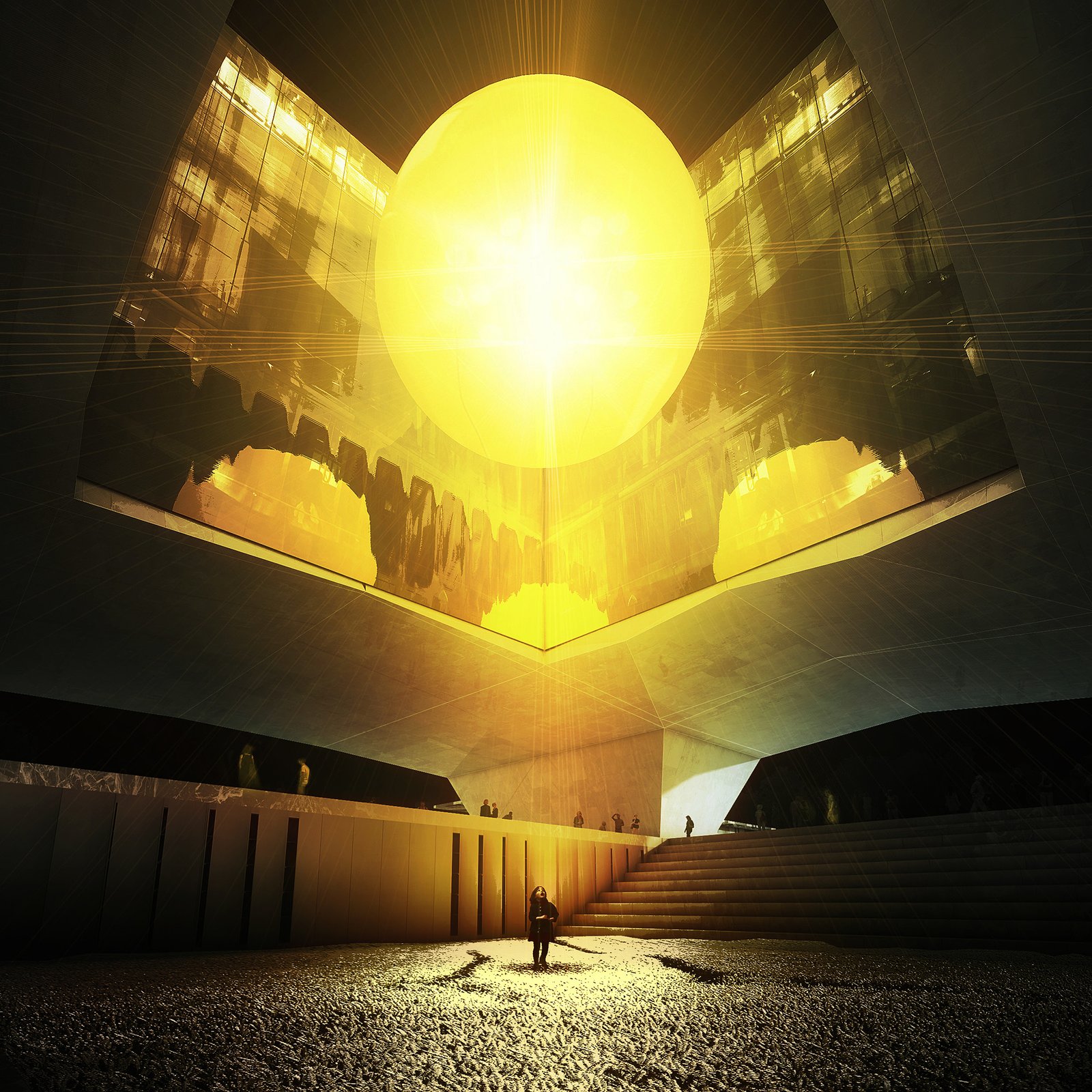
Milan Exhibition, Eric de Broches des Combes 
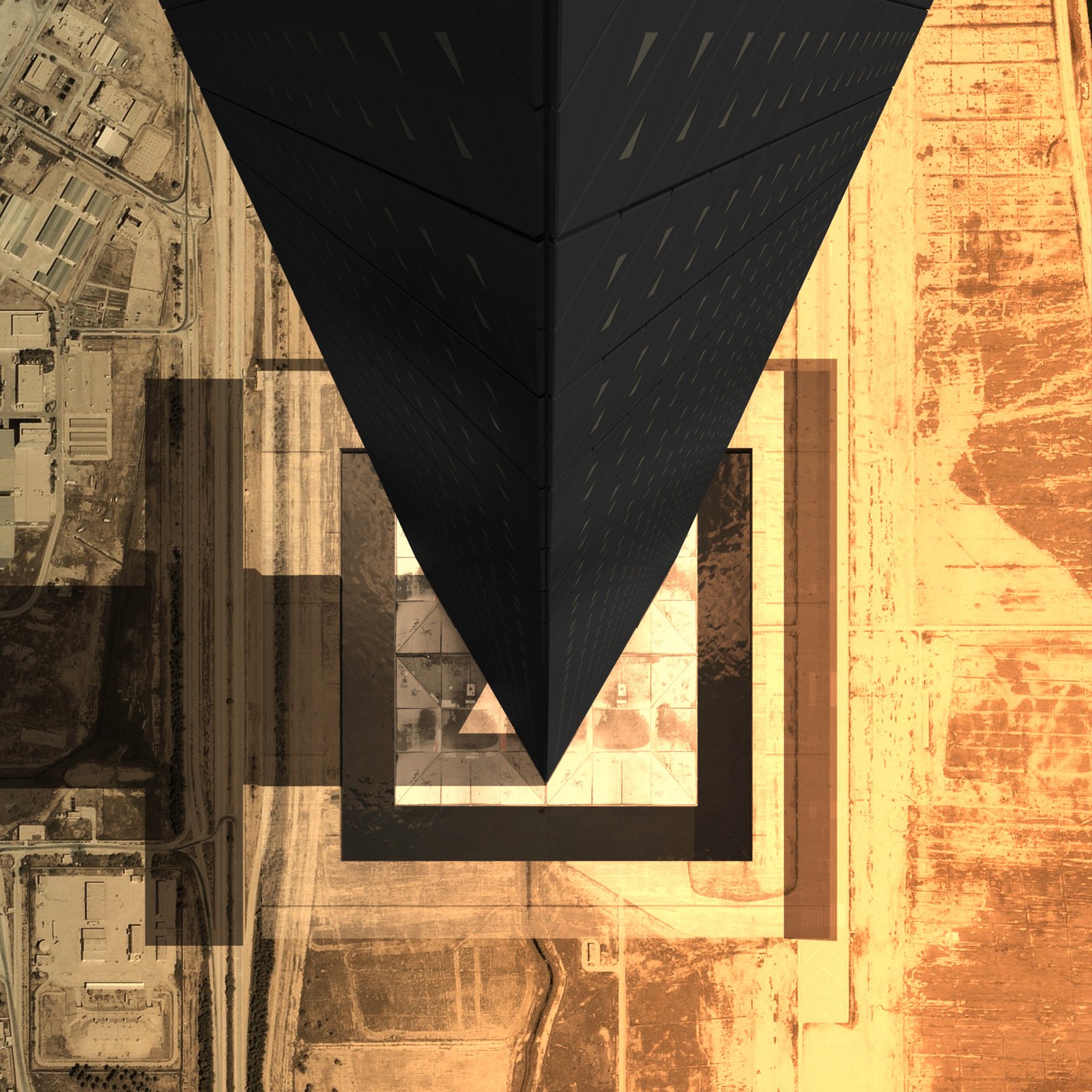
Iron Resort
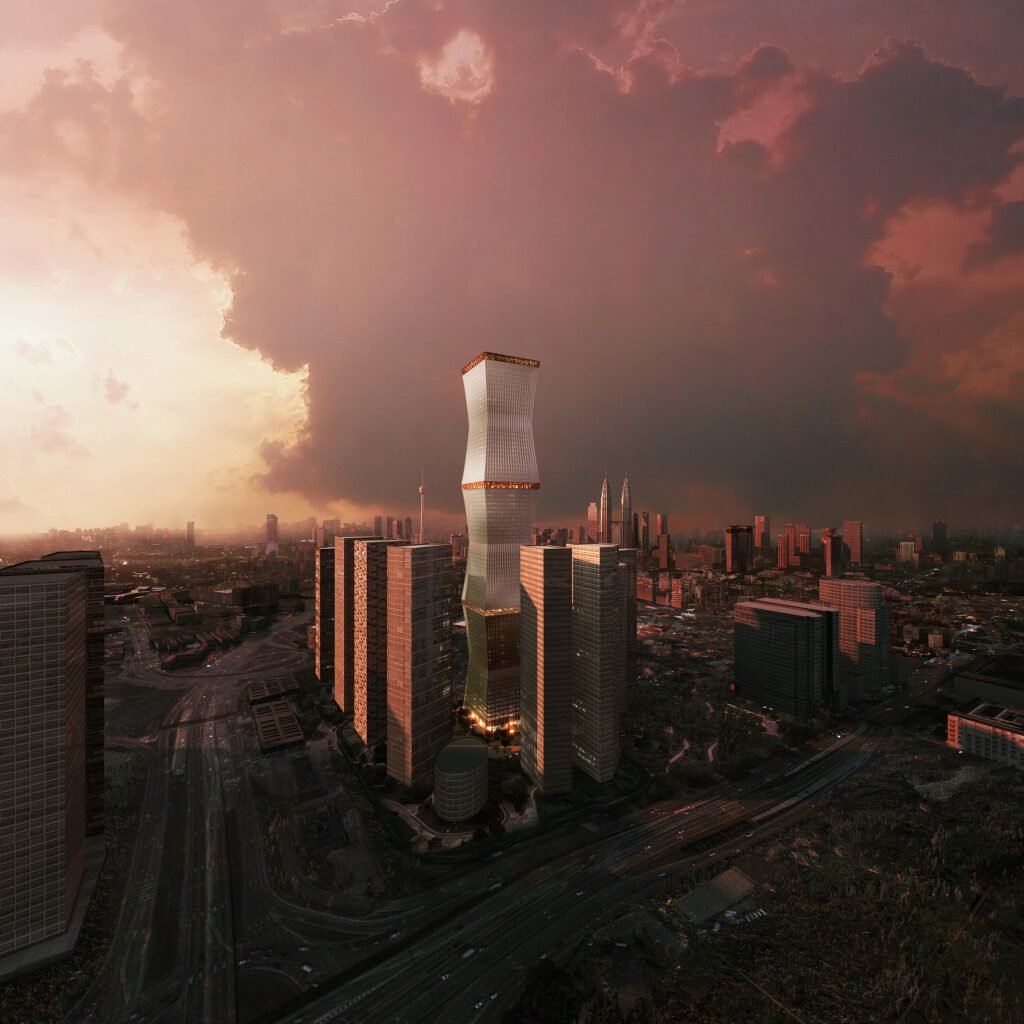

“In order to create nice imagery, not only do you have to insert a bit of yourself into the picture, but you must also go beyond the brief.”
Your studio works for some of the world’s biggest and most renowned architectural practices. And it is natural for some clients to already have a vision they would like to push that does not always coincide with the studio’s philosophy and direction. How do you respond?
LP: It is both unfortunate and necessary. Unfortunate because often we are unable to demonstrate the knowledge we have. Necessary because there are no better ways of learning new practices.
LLA: It really comes down to respect and integrity. For some of the big hitters to come to us in the first place when they can choose any one of the thousands of rendering firms out there, that already points to a type of silent, mutual agreement between a client and supplier for the project’s execution (or because it’s extremely last minute and everyone else is full).
But really, we like to be as upfront as possible with everything—from camera selections to time of day and lighting. And when we can tell that a certain project, or that one or two images in that set, is going down the path of failure, we try our hardest to remind the client why they sought us out in the first place. In worst-case scenarios, when the decision for the final vision is not up to the Rems of the world but rather to the client’s client, we politely suggest that they find someone else who is willing to accommodate that type of image. No hard feelings, but it’s better that someone else comes up with a bad image and gets praise from their client’s client than us still doing it our way and not get paid.



How is a starting creative to stand out in the increasingly competitive world of CGI and 3D modeling and animation? What advice would you give to creatives who aspire towards a similar career path such as yours?
LP: Regularity. Regularity is the most complicated discipline. Rendering is a martial art. It is a combination of grandiosity and meaningful tasks. You have to be in control; you have to keep under control a million different streams and only when they are all properly conducted can you handle a good image. Having a bottle of whisky under your desk can certainly help to keep the spirits high.
LLA: Have fun in every way possible. Be a bit bohemian at times when faced with a very serious client. Of course, always test the waters first, but if you do good work, the work will speak for itself and comfort them in a way that allows them to relax a bit, enabling you to send a nodding jack_nicholson-shining.gif instead of a “Sure thing. We will send the next round asap…thank you!” response to an email. In general, I think most people are bored, so it’s the small, unexpected things that make the day-to-day exciting.
What is the studio’s dream gig or client? Have you landed it yet?
LP: We work with the best architects in the world. What we are learning is invaluable. As long as we keep improving, we get closer to a goal that is still undefined.
LLA: On our first year of operations, we did a project for Morphosis and the images turned out to be our favorite, and theirs as well. They won the competition for the project and used it in their anniversary book, even making stamps with our images for their office. You know you’ve made it when you have your image as a stamp. •
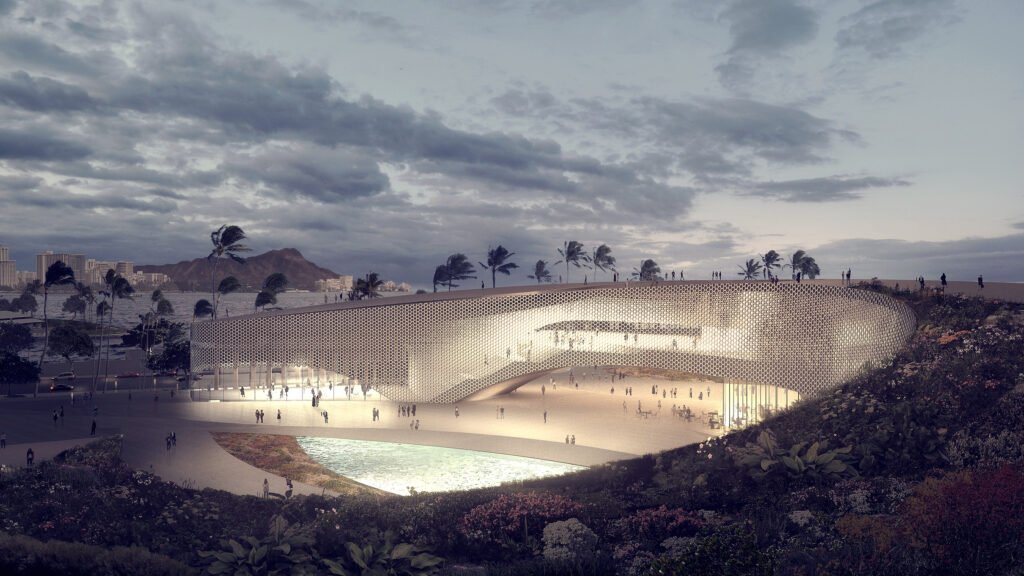

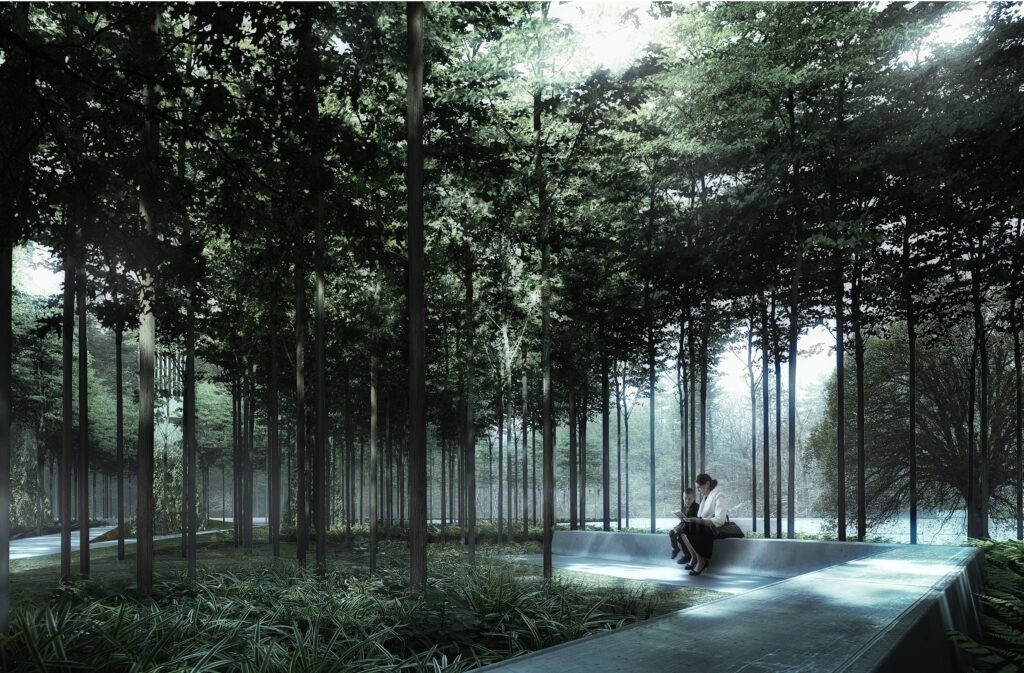

Architecture as cinema over at luxigon.com
Originally published in Kanto No. 4, 2017. Edits were made to update the article.
